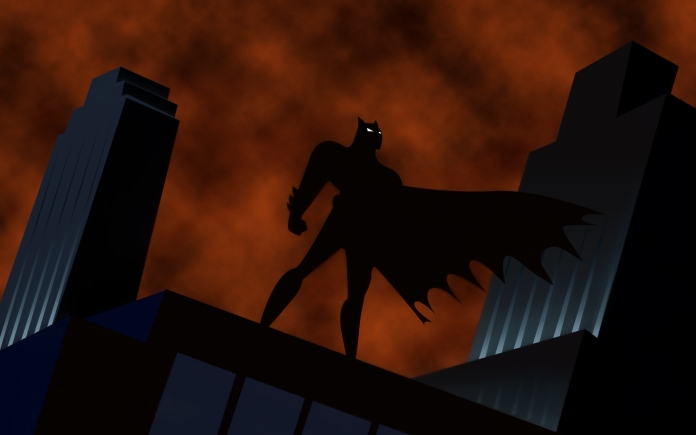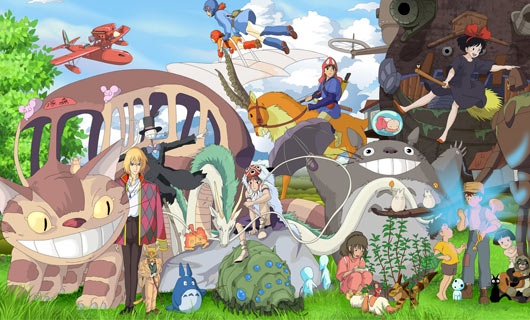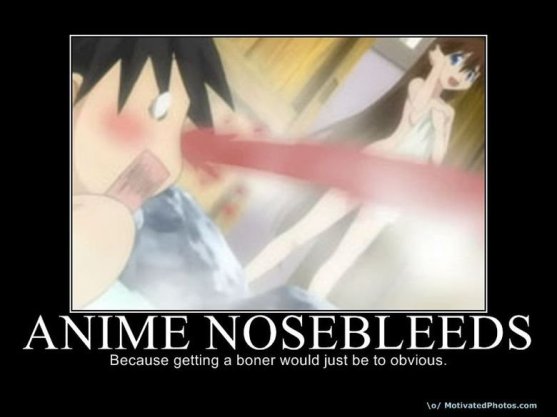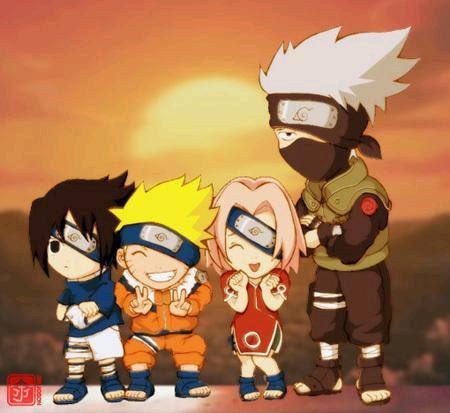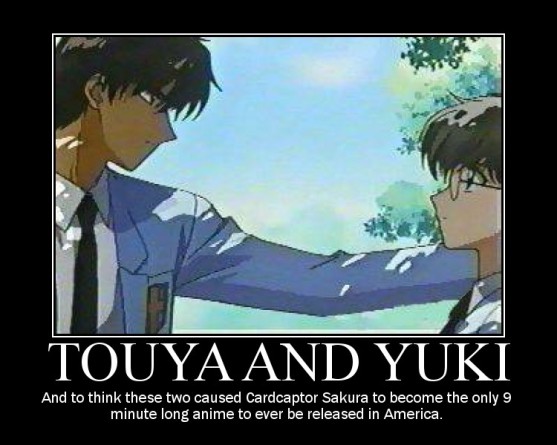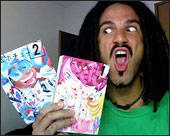A/N: This is a follow-on piece to my previous post, ‘A Response to Women Against Feminism’, and some of the comments I received on it, so if you haven’t already it might be helpful to read it – as well as some of the comments – before reading this.
I have always tried to separate emotion from criticism as a writer, but when I came across an article about the group ‘Women Against Feminism’ and scrolled through some of the photos from the group’s members, I did get emotional. At first I was frustrated. Then I was disheartened. Then I began to think about some of the statements from the group more rationally; think about their context, and perhaps their misunderstandings about a cause I believed in, and decided to do what I normally try to avoid – put my honest and emotional reaction into writing. I read about the group in the morning and by the early evening I had finished, edited, and posted the response, thinking nothing more would really come of it.
Somehow a lot of people not only found and read the post, but they shared it, commented on it, liked/disliked it, and even wrote their own response to my response. I was truly overwhelmed by all of it, so, to all of you reading this who did one or more of the above things – thank you. Whether you agreed whole-heartedly or thought I was talking absolute rubbish, I am touched that you felt strongly enough to contribute to this ever-growing debate.
A common trend I noticed both in the ‘WAF’ group and within the comments on my response to them was the rejection or negation of Feminism as a word and/or concept in favour of words and/or concepts such as Humanism or Equalism. While I can’t respond to every single point raised by every single person, nor do I want to directly answer specific questions or criticisms thrown at me, this trend did get me thinking:
Is Equalism really the antidote to the perceived problems of Feminism?
As I made mention of in my response piece, Feminism is a political, social, and cultural movement with over 200 years of history behind it. One of the reasons why it is has remained so prevalent – other than the fight for women’s equality not yet being won – is because of a cycle of continual reinvention. Get ready for a cheesy pop cultural reference: It’s pretty much the Madonna of equal rights movements. It’s history is not defined as simply ‘traditional’ and ‘modern’ as many make the mistake of thinking it is, but broadly as Feminism and Post-Feminism, with those two halves then being divided again into four ‘waves.’ From Goddess worship to Cyborg Anthropology, Suffragettes to Riot Grrrls, Feminist history is diverse, militant, creative, crazy, and even unappealing and downright ugly at times.
Isn’t that what keeps a cause alive, though? Isn’t that what keeps a democratic society in general thriving? Constant debate, constant re-examination, constant rebirth… It’s an exciting and fascinating movement, whether you agree with its aims or not.
As long as there has been any kind of women’s movement, there has also been an opposing one. WAF is certainly not the first, and it most certainly will not be the last. From what I can tell, this particular group seem to be saying that they feel brow-beaten, belittled, patronised, or even abused by Feminists (or ‘Femi-Nazis’ as they are affectionately called by some…) And you know what? I do empathise with this to a certain point. Like any flourishing political movement, Feminism’s supporters hold a broad spectrum of beliefs – much like the Left, Right and Centre spectrum of the political landscape as a whole. To put it simply: On one side you have liberal Feminists, and on the other, you have radical Feminists. (Just for the curious – I consider myself to be a liberal Feminist with Post-Human leanings).
Whilst I don’t want to put words into their mouths, I know from research and experience that some radical (really radical) Feminists might argue that women should in fact be superior to men; that all heterosexual sex is rape; and that marriage should be abolished. Liberal Feminists (like myself) might argue that women should be equal to men, and that women should have complete freedom of choice in their lives without judgement or alienation from any other woman or man.
That is not to say that there aren’t points of cross-pollination though. Even as a liberal Feminist believing in gender equality, I hold some beliefs that may seem extreme or odd to some, but are purely personal choices based on my political preference. For instance, I don’t believe in marriage. Does this mean I go around telling every man and woman that he or she shouldn’t get married? No. That belief to me is a personal choice and I am grateful that I live in a society in which men and women can now choose whether or not to uphold this tradition. However, issues relating to marriage such as child-brides and legalised rape within marriage in certain cultures are not personal beliefs of mine – they are global injustices that I think are important to stop.
That is the difference between a personal belief and a global injustice. I think that the point in which a healthy debate turns into a nasty argument is often when we confuse the two.
Most of these extremely radical beliefs seem to be in the minority though, and whilst I would speak against any Feminist who promoted something I didn’t agree with, I would not tell him or her that they couldn’t believe in those ideals, just as I wouldn’t tell anti-Feminists they couldn’t be anti-Feminists. I would – and did – however, present my side of the argument for their consideration. If you believe in a cause strongly enough you will always defend and promote it. Whether you manage to convince the opposing side of your point, well, that depends on the strength of your argument.
Whether you are a radical or a liberal, all Feminists (Female Supremacists aside…) are united and bound by the goal of reaching total equal political, social, and cultural status with men. We may take different roads, but the destination will always remain the same.
The question I ask now is: With so many different beliefs, theories, and splinter-movements to pick and choose from within the rich history of Feminism – and indeed other movements for similarly oppressed groups – what does something like Equalism really offer you as an alternative?
Reading the comments and statements of its supporters and champions, the central ideal of Equalism for many appears to reject movements that cater to a specific oppressed or disadvantaged group – e.g. Feminist groups for women, Men’s Rights groups for men, Civil and Racial Rights groups for people of colour, Disabled Rights groups for disabled people, or LGBT groups for lesbian, gay, bisexual and transgendered people – in favour of lumping them all together in one easily digestible package of equality.
This is all well and good in theory, and I certainly support Equalist ideology, but the fundamental problem I keep getting stuck on is this: If you’re focussing on everyone, who are you making them equal to?
The point of these individual pressure groups is that they recognise that they belong – not through choice – to a marginalised and disadvantaged faction in society, and so seek to advance themselves to match – not surpass – their comparative dominant and over-privileged faction. Their goal is to level the playing field by bringing the oppressed side up, not the oppressive side down. Very often, the toughest battles to fight are on a culturally systemic one – where this oppression is so inherently indoctrinated into an oppressive group, that they may not even be aware that they are enacting it, or when they are made aware of it, they find it hard to accept and reject it completely.
Identifying the most privileged/least oppressed group can be tricky, as it is usually bound up in varying socio-economic and cultural systems from country to country. Certainly in most of the Western world – the perspective I write from – this group appears to be white, able-bodied, heterosexual, and middle to upper class men. This does not mean that this group suffers no oppression whatsoever, but that they suffer the least amount compared to the others.
The most privileged and least oppressed group in a society therefore provides the ‘pinnacle’ or set standard that any disadvantaged group strives to reach.
This gets more complicated when you begin to crossbreed the perceived disadvantages with one another. For example, a black woman may experience more oppression than a white woman. A gay man may experience more oppression than a heterosexual man. A disabled, transgendered Asian woman may experience more oppression than a disabled, bisexual white man. You can see how complicated this can get, and how the levels of oppression can multiply and multiply based on numerous social and political stigmas.
Each of these groups has completely different obstacles to overcome, completely different experiences of life, and completely different needs to be fulfilled to feel like they are truly accepted within a particular society. Or maybe they don’t even want to be part of a society at all. Maybe they want to be part of their own.
Therefore, if the goal of Equalism is simply ‘to make everyone equal’ then how is that going to be achieved in practical terms? This definition, as sweet and simple as it is, seems to be just that – too sweet and too simple.
Of course, you could say this of Feminism – that the goal is too big and the target group too diverse. Except that Feminists have already recognised this, and, as I said earlier, split into various splinter groups and waves that aim to address the needs of all kinds of different women. The one common thread that weaves through them is that they are all women – biological, Cis, or transgendered – whatever their definition is. Feminism also practices what it preaches. Better women than me do more than write ranty blogs, sign petitions, donate to charities, and join in on ‘Reclaim The Night’ rallies. They physically go out into disadvantaged communities and directly make a difference in people’s lives. Brave and intelligent activists like Malala Yousafzai, for example.
Furthermore, if your definition of ‘everyone’ really means everyone, does that include the most privileged/least oppressed groups as well? What is the measure of equality for the group that sits comfortably at the top? There is nowhere else to go for them except up or down. In this case, the terminology would need to either be Disenfranchisement or Advancement, not Equalism. Surely, it seems more sensible to focus on enabling the groups below them to first reach their level at the top before we decide how to advance society as a whole.
Don’t get me wrong. Just like Equalists I really do want to live in a world in which everyone is equal, in which no child is brought up in a world that will punish them for the circumstances of their birth that they do not have any chance of changing – nor should they be forced to. I want to live in a world in which difference and diversity is so accepted that those words have lost all meaning.
The crux of what I’m saying is that Equalism certainly has it’s heart in the right place, but I’m just not convinced that it offers any practical solution to the problems of the individualised Equal Rights groups. In fact, the blind rejection of the hard work these groups have done in favour of lumping them altogether seems almost offensively simplistic. If there is a real, working Equalist agenda that sets practical and achievable aims as to how each and every person in our society can be made exactly equal to one another – I’d really like to see it. If you think I’m wrong – Change my mind.
In the meantime, I will continue to support individualised groups tailored for individualised needs and hope that one by one, or in collaboration with one another, they win every battle, and continue to change every heart and mind set against them for the good of our society as whole.


